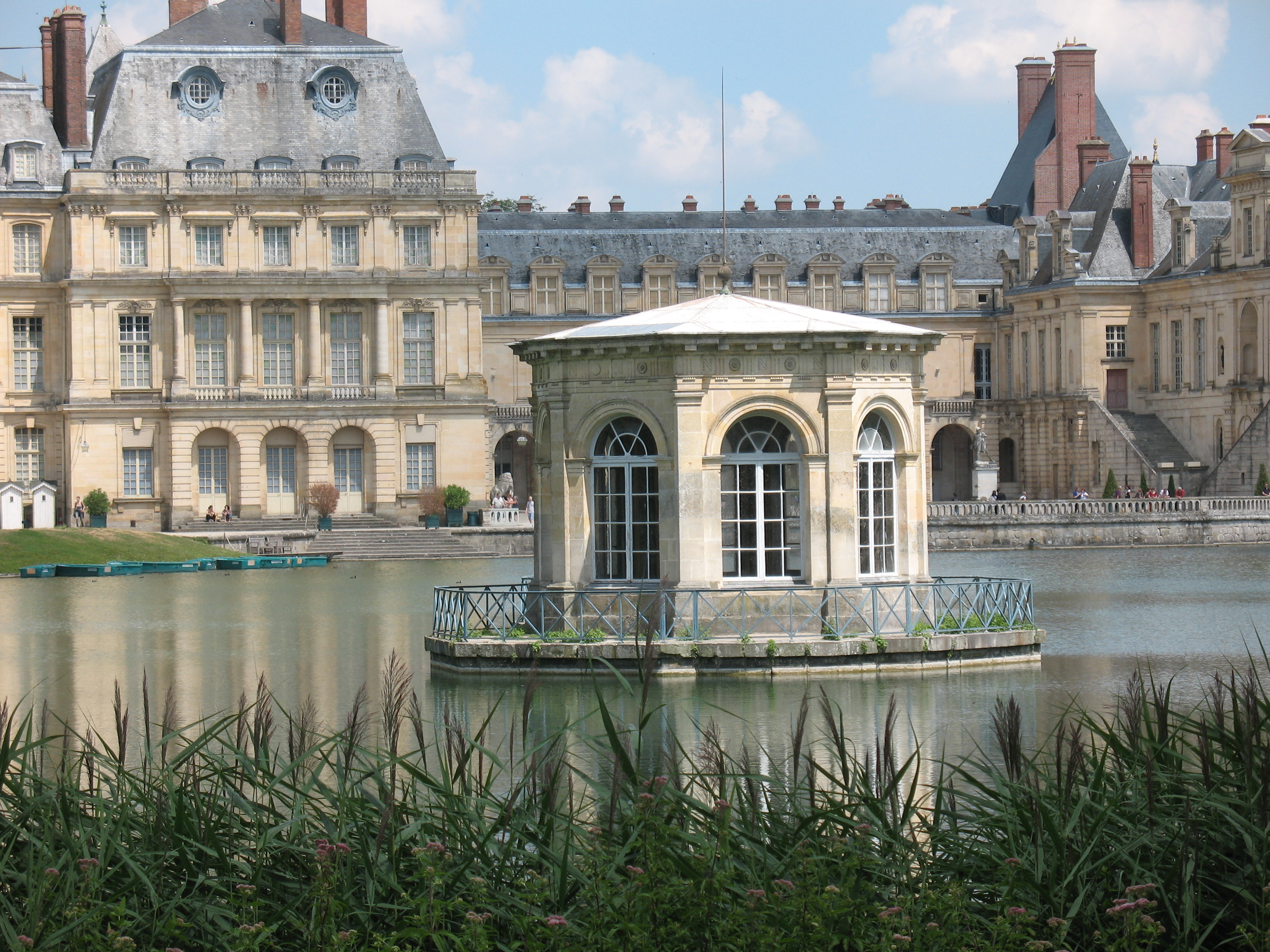
5 Places I Regret Not Visiting in Paris
The City of Paris is home to a lot of historic destinations. I don’t want you to miss any so I’ve made a list of ‘5 Places I Regret Not Visiting in Paris’
I was taken by surprise as we explored new places around the world especially those around Paris.
I had visited the city of love and lights a few years ago but I never knew Paris was filled with much more history!
There were so many monuments that I later came to realise were absolutely a ‘must see’ that I made a ‘regret list’ of places I didn’t visit.
Since I don’t want you to make a similar mistake and miss these grand monuments, I have compiled a list of 5 places you must visit along with the other famous tourist spots.
Don’t get me wrong, the places I had been to have similar historic significance but there are so any more.
Let me begin with a list of places I did visit in Paris.
I visited the Eiffel Tower since no trip to Paris is complete without it. We also visited the Palace of Versailles, the Louvre Museum, the Notre Dame, Arc de Triomphe, Champs Elysees and took a hop on hop off tour around the city.
It was incredible to stand on top of the Eiffel Tower at midnight and walk across the elite shops in Champs Elysees.
But there was a part of Paris I missed which you ought to see.
So here’s a list of 5 Places I Regret Not Visiting When in Paris
Jardins de Luxembourg
Jardins de Luxembourg translates to Luxembourg Gardens.
You must be wondering what is historic about a garden. As I learnt during the year, a garden can also have history. Surprising, isn’t it?
The Luxembourg Gardens were built as a part of the Luxembourg Palace.
Maria de’ Medici was the widow of Henry IV of France. She had been raised in Italy and now served as regent for her son in the Palace of Louvre.
She was bored of living in the Louvre. I know its hard to imagine someone getting bored living in the Louvre.
Nonetheless Maria de’ Medici commissioned architect Salomon de Brosse to build a Palace in a Florentine style similar to the Pitti Palace she’d grown up in.
The construction for a Palace and its gardens began in 1612.
The gardens were designed in an Italian Renaissance style.
Today these gardens house many statues and the famous Medici fountain.
This fountain was designed as an aqueduct to irrigate the gardens by an engineer from Florence, Tommaso Francini.
The gardens are open for visitors and are an excellent place for people watching especially during spring and summer.
The Palace though is used by the French Senate and is thus closed for visitors.
Sacre-Coeur Basilica
The Sacred Heart Basilica sits on the Butte Montmartre, the highest point in the city of Paris.
The Sacre-Coeur stands out because of its white elegance. The Basilica was built using a type of limestone that is available in white and cream.
Why hasn’t the colour of the church changed over time owing to weather and climate change? Some accounts suggest this limestone secretes a white substance every time it rains creating a white coat around the limestone. It’s a sort of a self cleansing system.
This spot on Montmartre has been a place of worship since the Druid people from ancient Gaul around the 3rd Century BCE.
Over time, several temples, chapels have been built here. This hill, ‘Montmartre’ is named after the Christian martyrs: ‘Mountain of Martyrs.’
It was after Napoleon III during 1871, that they decided to build a church here for peace after a consistent time of upheaval and unrest.
The Sacre Coeur was finally completed in 1914, an irony since the First World War began during the same year.
The architectural style of Sacre Coeur is Romanesque and Byzantine, unique in Paris.
This Basilica has now become the second most visited church in Paris after the Notre Dame.
This Roman Catholic church also houses one of the largest mosaics spanning about 480m2.
If you climb atop the Sacre Coeur’s dome, you get the second highest view of the city of Paris, after the Eiffel Tower of course.
The most famous part of this church is its bell ‘La Savoyarde.’ It weighs 19 tonnes and was made in the Alps! They transported the bell into Paris using horses in 1895.
And as a Google review suggests, it is also a nice place for people watching, something worth doing in Paris.
Trianon Estate
The Trianon Estate sits within the Versailles estate but for the sake of this article, we shall consider it to be separate from the Palace of Versailles.
As you can make out from a map of the Versailles estate, it is humongous and I sincerely regret not spending enough time there.
At first glance, the grand Palace of Versailles takes your breath away. Its easy to get lost here.
Across the beautiful gardens, sits the Trianon estate.
The Trianon Estate houses a Grand Trianon, the Petit Trianon, the Queen’s Hamlet and the Queen’s theatre.
The Grand Trianon as the name suggests, is the largest amongst the four.
It was built by Louis XIV as a respite from the main palace of Versailles, his seat of power and the centre of French politics. This chateau was built by Louis XIV’s favourite architect Jules Hardouin-Mansart in 1687.
Initially it was known as the ‘Marble Trianon’ for its pink marble panels.
Most of the original interior decor is still intact, just as Louis XIV would have enjoyed it.
As for its architecture it’s built in the ‘Peristyle’. A Peristyle structure is built around a central Greek like temple with Corinthian columns. This style gives the chateau a grand look.
The Petit Trianon was built later by Louis XV in 1768.
He built it in the neo-classical style and stocked the gardens with different varieties of flowers.
Louis XVI later gifted the Petit Trianon to his wife Marie Antoinette.
She changed the garden Louis XV had sown and created the classic look that visitors admire today.
Marie Antoinette loved it here and spent a lot of time throwing informal parties. The Petit Trianon was her refuge from the upheaval of the world outside. (She famously and falsely is supposed to have said, “Let them eat cake.”)
Marie Antoinette also loved the Queen’s Hamlet.
The hamlet looks rather odd sitting in the opulent estate of Versailles. It was built for the Royal children for them to learn about life in the rural areas. Talk about vanity!
The Hamlet is a full blown rural model. It consists of a windmill, a dairy as well as a dining room, a salon, a billiard room and a boudoir.
The Queen’s Hamlet is open for the public today and looks rather quaint and cute.
Saint Chapelle
My ‘regret list’ began when I saw a picture of this church on Instagram.
I can assure you Saint Chapelle is one of the most photogenic churches you’ll ever visit.
The Church was built by the pious Louis IX. He had come across 22 Relics of Christ which also included a part of the Crown of Thorns, a fragment of the True Cross and the Passion of Christ.
Louis IX now needed a chapel to house these relics.
At the time, the royal residence during the 13th century was at the Palais de la Cité. So Louis IX built a chapel as a part of the Royal Residence.
This chapel and its medieval keep are the only parts of this Palais that survive as Louis would recognise them.
Saint Chapelle has two floors.
The one below was for the servants in the Palace.
The upper floor is the most majestic of them all. This one without a doubt was reserved for the King, his friends and family.
The name of the architect is unknown but few think it was Pierre de Montreuil.
The architect built this chapel in the Rayonnant style of Gothic architecture. It is safe to say, this might have been the architect’s masterpiece.
The upper chapel has stained glass windows on either side. These pieces of stained glass give the abbey its magical aura.
It is incredible that most of these stained glasses survive today as they were. But the same cannot be said of the chapel’s interiors.
Saint Chapelle was subject to the violence of the French revolution.
Revolutionaries destroyed the furniture, scattered the 22 relics and removed the chapel’s Organ. Out of these 22 relics only three survive at the Notre Dame Cathedral.
Luckily for us, the stained glass was left untouched and is as magical as ever.
Chateau de Fontainebleu
I was shocked to see the opulence and grandeur of the Chateau de Fontainebleau. Even Napoleon I loved it. He described this Château as:
“The true home of kings, the house of ages”
(Napoleon in Saint Helena, August 1816)
The Chateau de Fontainebleu was first built in the 12th century. It was enlarged a century later by Louis IX.
Over the 800 years as the centre of French politics, this Palace has seen many a monarch come and go.
Its 1,500 rooms and 130 acres of parkland have been designed by different monarchs at various times through the centuries.
They showcase what French opulence is. The gilded rooms, the opulent bed in the Chambre de l’Impératrice (Empress’ Bedroom) built for Marie Antoinette, the throne room, the beautiful teardrop shaped chandeliers are some of the gorgeous bits of Chateau de Fontainebleu.
The Renaissance Rooms were added by François I and Henri II. These rooms were built by Italian artists Rosso and Primaticcio, creating the School of Fontainebleu.
Centuries later Napoleon I found solace here. He built two private apartments: one for himself and one for his wife. These apartments built in 1804 consisted of a bedchamber, the office, a private drawing room, a bathroom, aide-de-camp’s common room and antechamber.
It was here on 6 April 1814 that Napoleon I abdicated and departed from the Cour des Adieux (Farewell Courtyard).
I also found out that the Mona Lisa once adorned the halls at Chateau de Fontainebleu. Isn’t that wonderful!
From all of these 5 monuments in Paris, the Chateau de Fontainebleu and Saint Chapelle are my favourite. I love the timeless beauty they emit.
Do you have a bucket list when you visit Paris or have you been to Paris? Comment below and let me know:)
If you like ‘5 Places I Regret Not Visiting in Paris’ please share it with your friends
NOTE: The Bibliography for this post is missing. Please help us credit the sources that deserve it. If you believe your work, or a work you know of needs to be cited here, please write to editor@giglee.in to inform us. DISCLAIMER: The intention of this article is not to hurt anyone's sentiments. The thoughts expressed in the article are purely those stated by the author of the work. The information provided on this website may not be complete, reliable, accurate and/or updated. The details you share with the website will not be shared or sold. We are not liable if in case of theft, your data is stolen. The content on this website is provided without any warranties whether express or implied. If you have a doubt, query or complaint please write to editor@giglee.in and we shall respond as soon as possible.




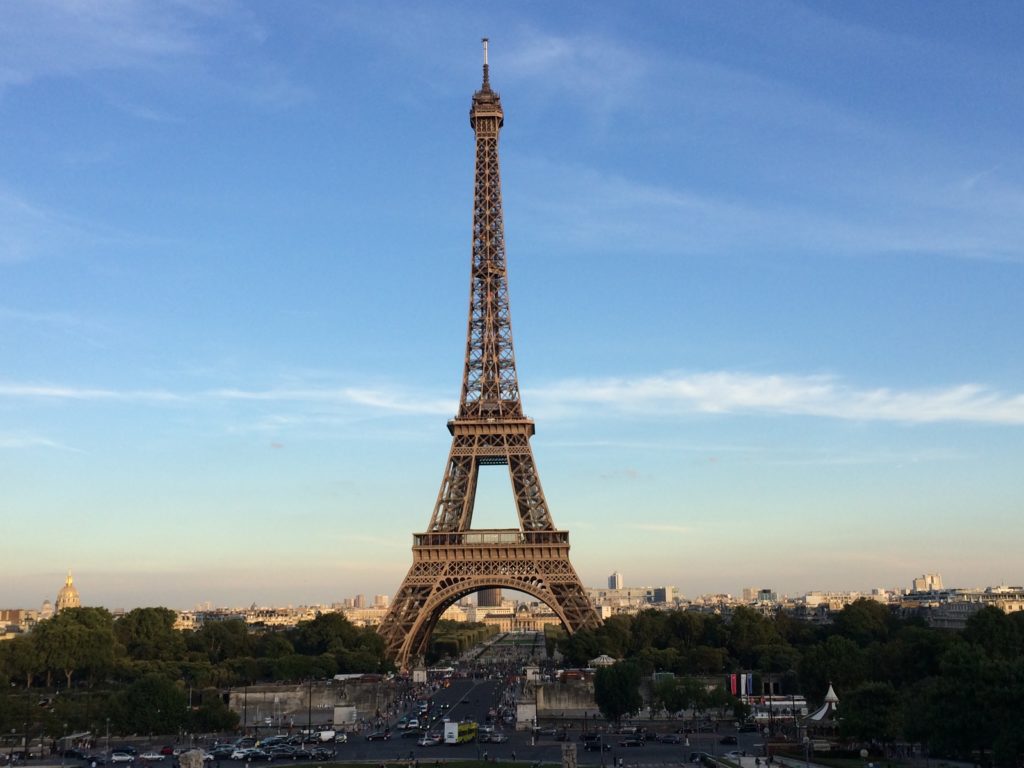
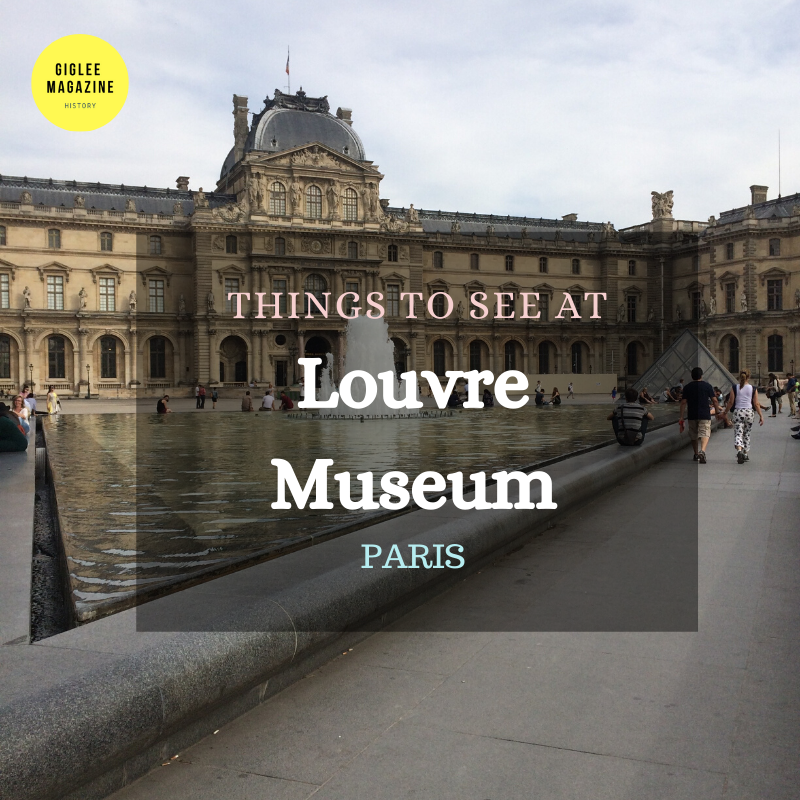
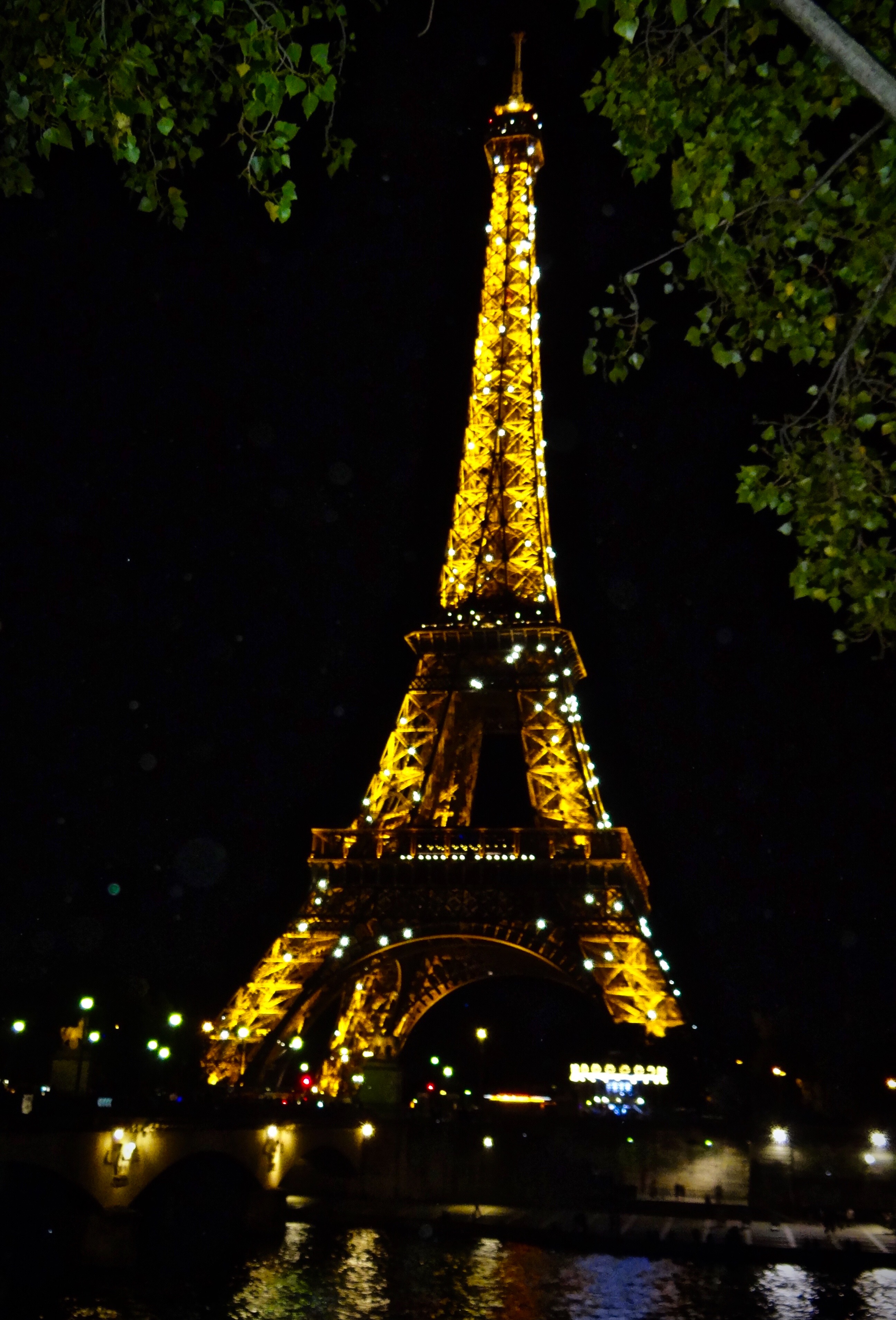

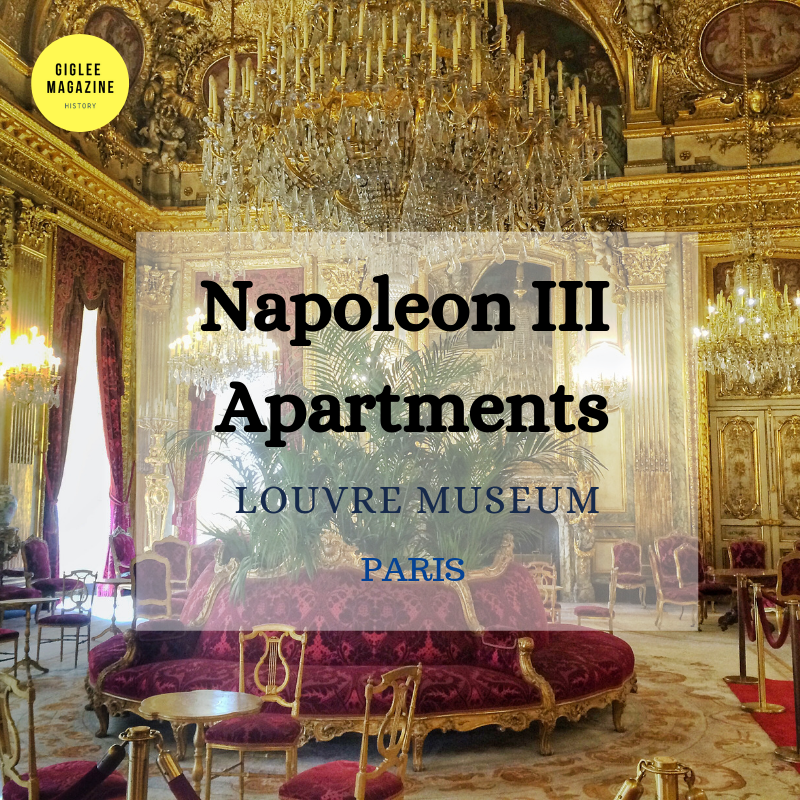
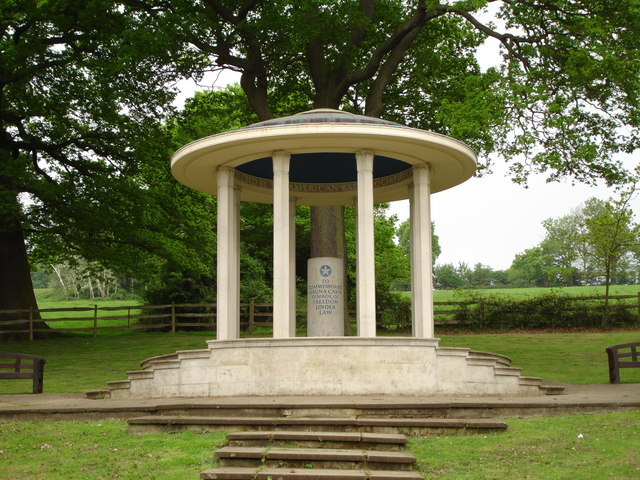
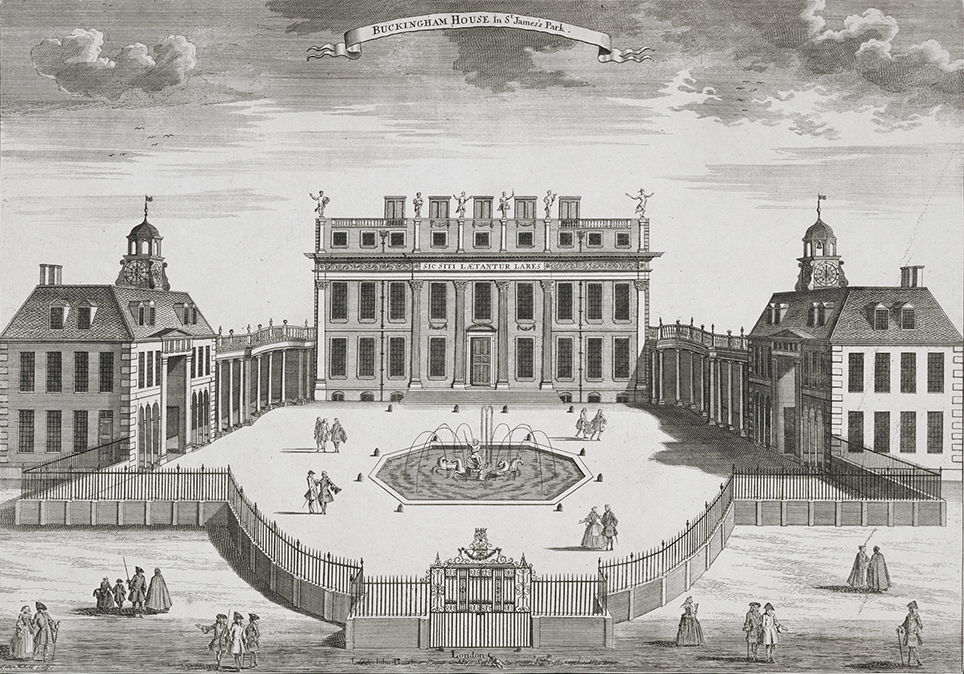
Comments
GiGlee Magazine, thank you for your blog post.Really thank you! Awesome.
Hello. I’m glad you liked this article:) Happy New Year to you. Have a great day